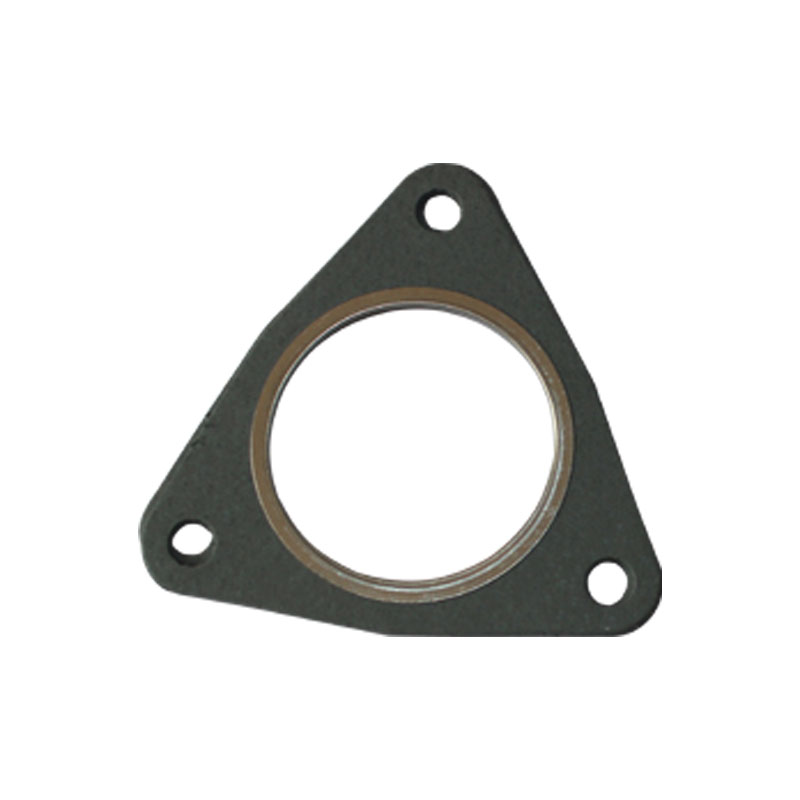Transmission Pump Seal - High-Quality Seals for Reliable Performance
Understanding Transmission Pump Seals Importance and Functionality
Transmission pump seals are crucial components in the operation of automatic transmissions. They are designed to prevent fluid leaks, which can lead to a variety of problems that affect transmission performance and vehicle reliability. In essence, these seals create a barrier between the internal fluid passages and the external environment, ensuring that the transmission operates smoothly and efficiently.
The primary function of a transmission pump seal is to maintain the necessary hydraulic pressure within the transmission system. This pressure is vital for the proper functioning of the transmission, as it enables the transfer of power from the engine to the wheels. Any loss of hydraulic fluid can result in slipping gears, delayed shifting, or even complete transmission failure. Thus, ensuring the integrity of the pump seals is critical for the longevity and performance of the vehicle.
Transmission pump seals are typically made from durable materials that can withstand high temperatures and pressures. Common materials include rubber compounds and synthetic materials, which provide flexibility and resilience against the harsh conditions found within a transmission. Over time, however, these seals can wear out due to constant exposure to heat, friction, and the chemical properties of the transmission fluid. Regular inspection and maintenance of the seals can prevent potential issues related to fluid leaks.
transmission pump seal

When a transmission pump seal fails, it can result in a noticeable decline in transmission performance. Drivers may experience symptoms such as fluid puddles under the vehicle, erratic shifting, or the transmission slipping out of gear. If these issues are not addressed promptly, they can lead to more severe damage, resulting in costly repairs. Therefore, recognizing the early signs of seal failure and taking appropriate action is essential.
Replacing a worn or damaged transmission pump seal is a task that can often be handled by experienced DIYers, but it is advisable to consult a professional mechanic for guidance. The process typically involves draining the transmission fluid, removing the pump, and carefully installing the new seal to avoid misalignment or damage. Following the manufacturer's specifications for torque and assembly is crucial to ensure the proper operation of the transmission after the repair.
In conclusion, transmission pump seals play a vital role in maintaining the efficiency and reliability of a vehicle's transmission system. Understanding their function, recognizing the signs of wear, and ensuring proper maintenance can help prevent significant issues down the line. By staying proactive with vehicle care, drivers can ensure their transmissions remain in optimal working condition, contributing to a smoother and safer driving experience. Regular checks and timely replacements of these seals are essential to avoid more extensive repairs and to keep the vehicle running smoothly.
-
Simplifying Oil Changes: A Comprehensive Guide to Oil Drain Plugs and Their Variants
News Aug.04,2025
-
Mastering Oil Drain Maintenance: Solutions for Stripped, Worn, and Upgraded Oil Plugs
News Aug.04,2025
-
Fixing Oil Pan Plug Issues: Leaks, Stripped Nuts, and the Right Replacement Solutions
News Aug.04,2025
-
Everything You Need to Know About Oil Drain Plugs: Sizes, Fixes, and Upgrades
News Aug.04,2025
-
Choosing the Right Oil Drain Plug: A Guide to Sizes, Materials, and Drain Innovations
News Aug.04,2025
-
A Complete Guide to Automotive Drain Plugs: Types, Problems, and Innovative Solutions
News Aug.04,2025
-
The Ultimate Guide to Car Repair Kits: Tools and Essentials Every Driver Should Own
News Aug.01,2025
Products categories















